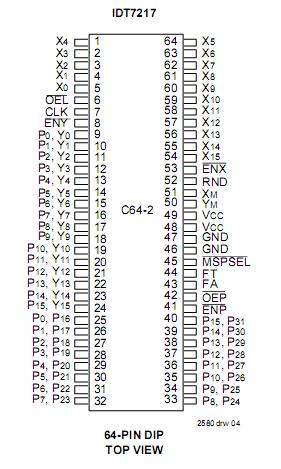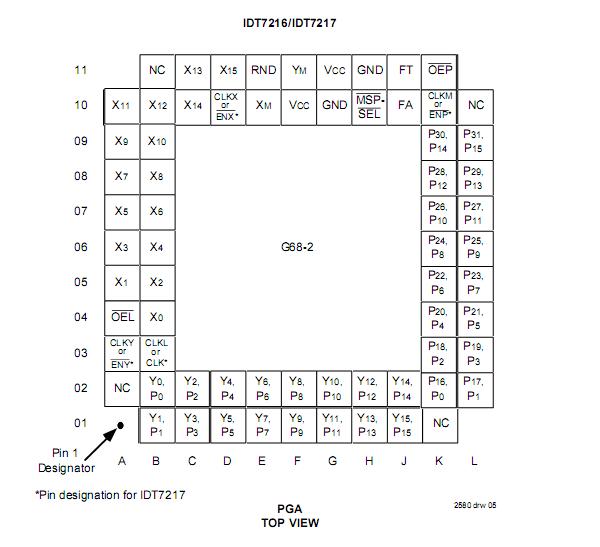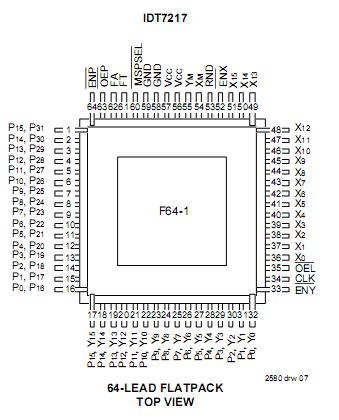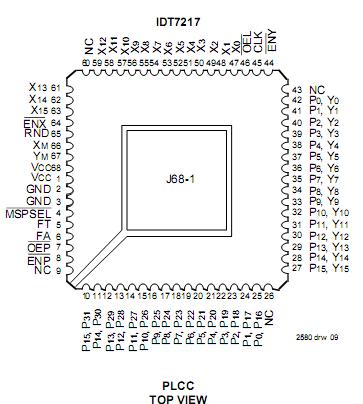IDT7217L: Features: •16 x 16 parallel multiplier with double precision product•16ns clocked multiply time•Low power consumption: 120mA•Produced with advanced submicron CMOS high perfor...
floor Price/Ceiling Price
- Part Number:
- IDT7217L
- Supply Ability:
- 5000
Price Break
- Qty
- 1~5000
- Unit Price
- Negotiable
- Processing time
- 15 Days
SeekIC Buyer Protection PLUS - newly updated for 2013!
- Escrow Protection.
- Guaranteed refunds.
- Secure payments.
- Learn more >>
Month Sales
268 Transactions
Payment Methods
All payment methods are secure and covered by SeekIC Buyer Protection PLUS.

 IDT7217L Data Sheet
IDT7217L Data Sheet









